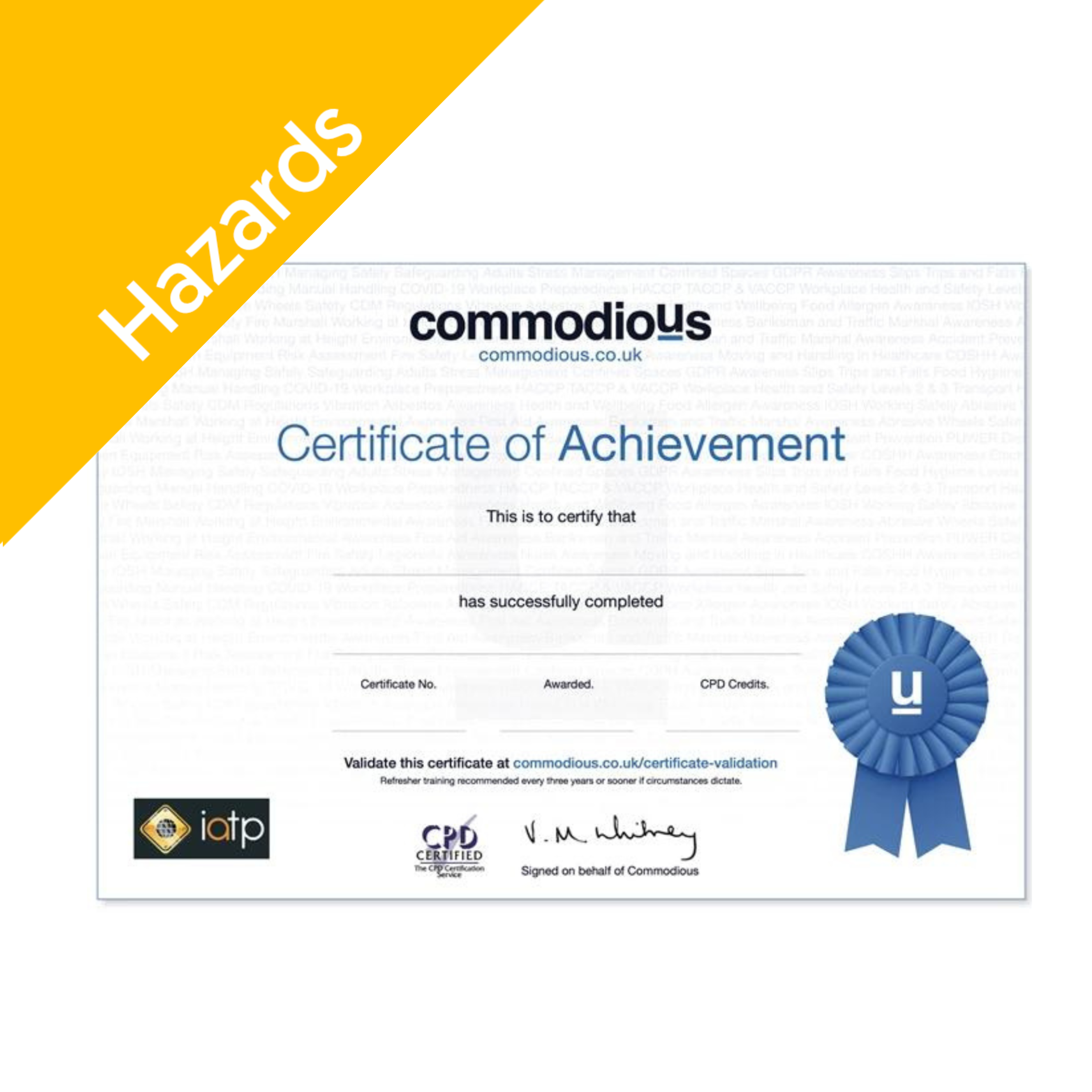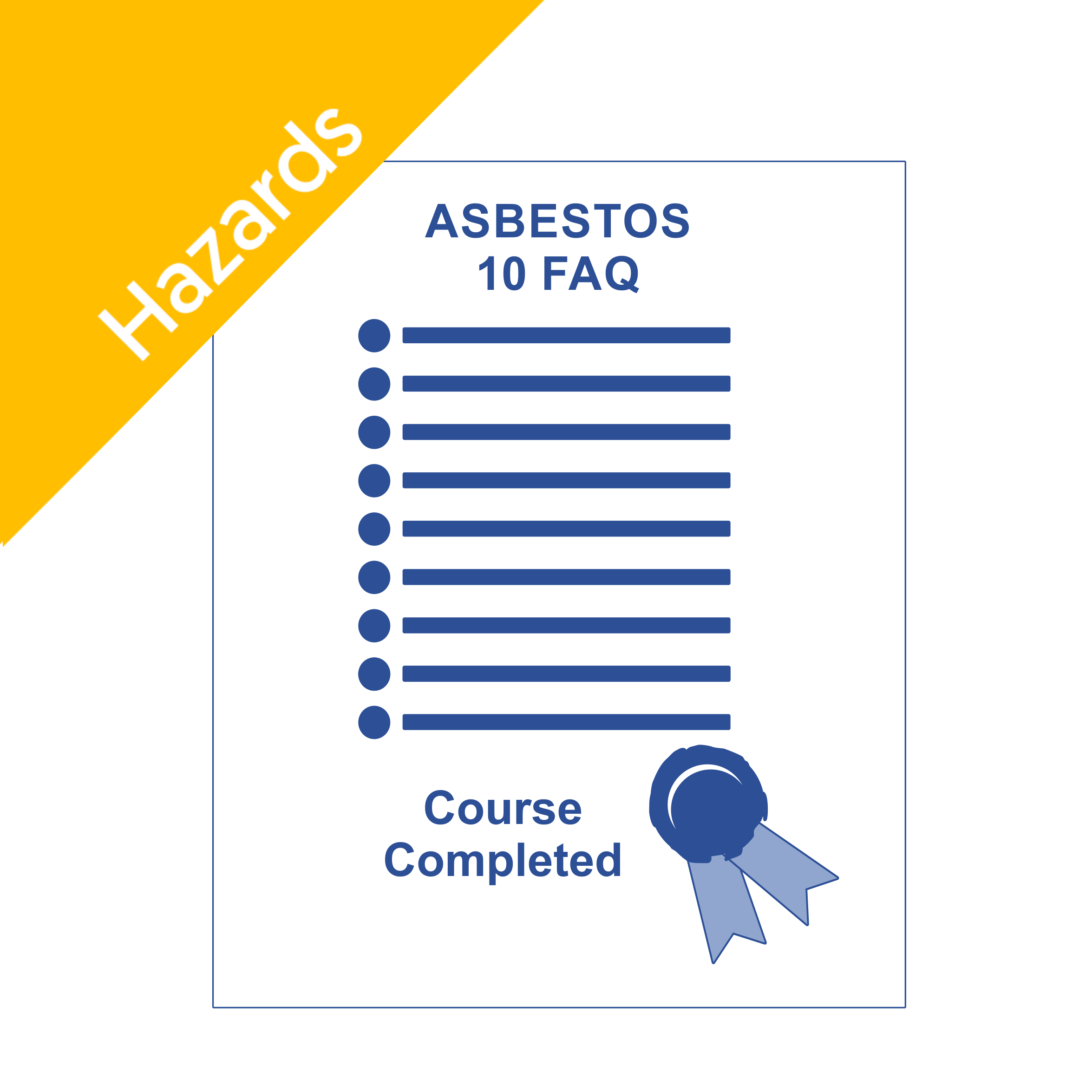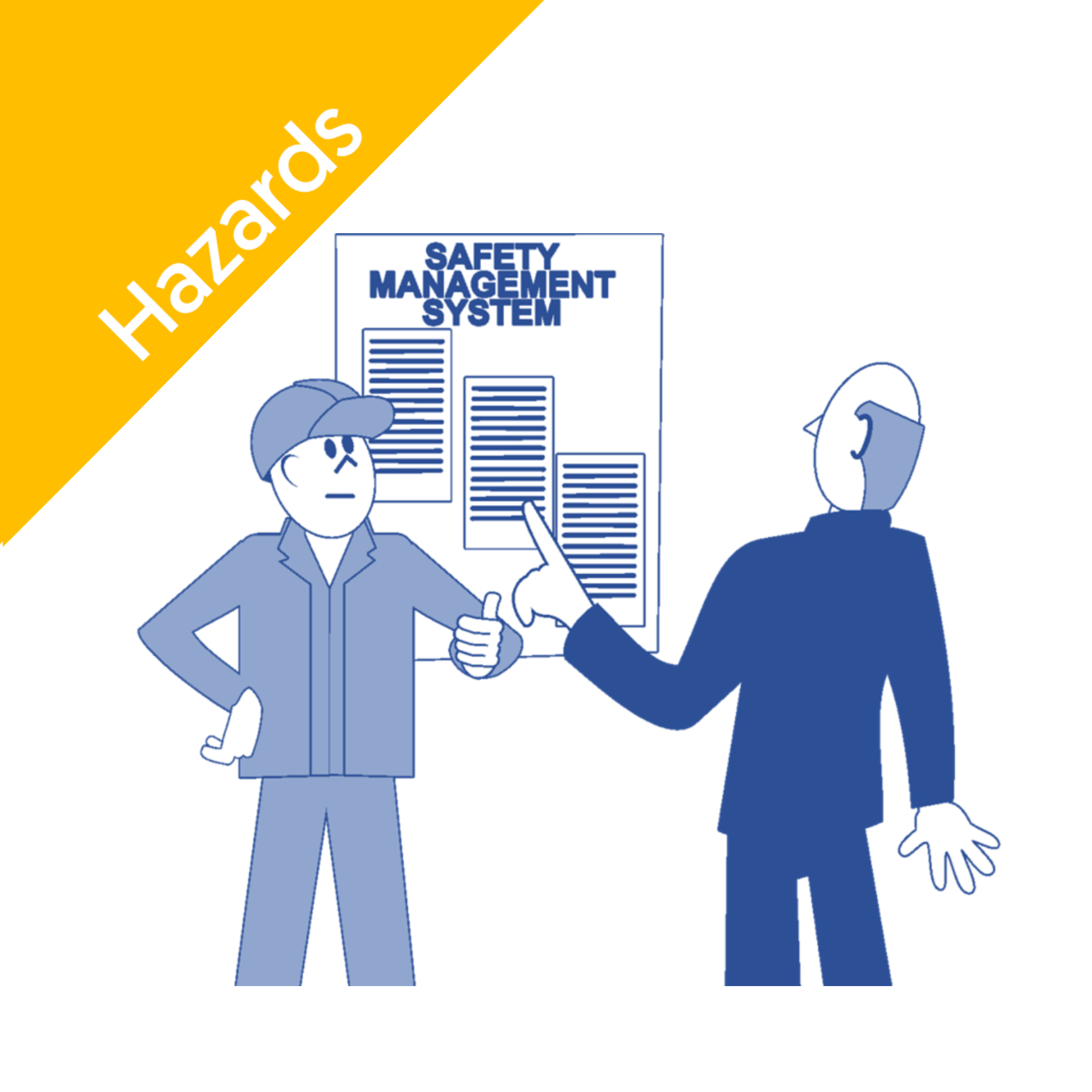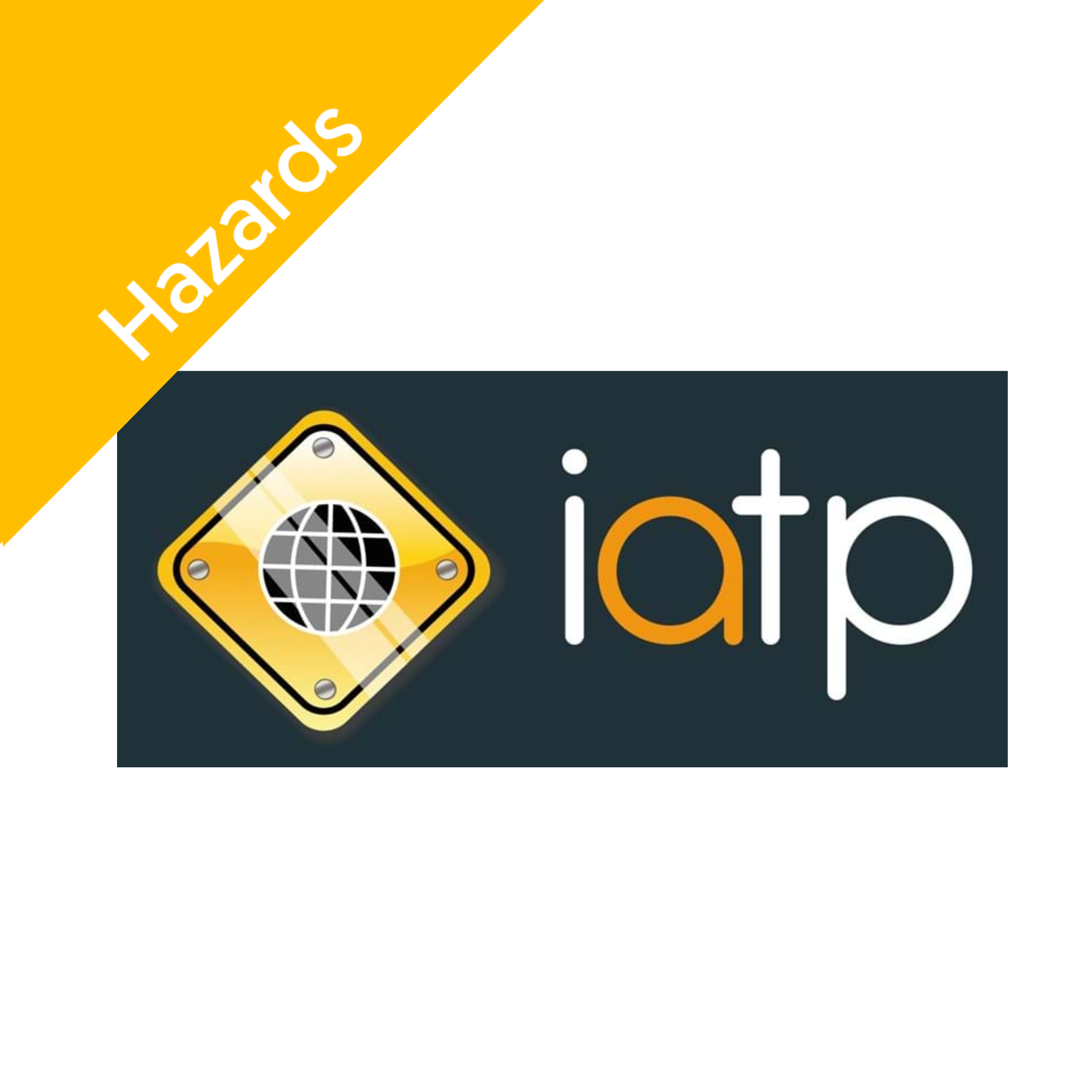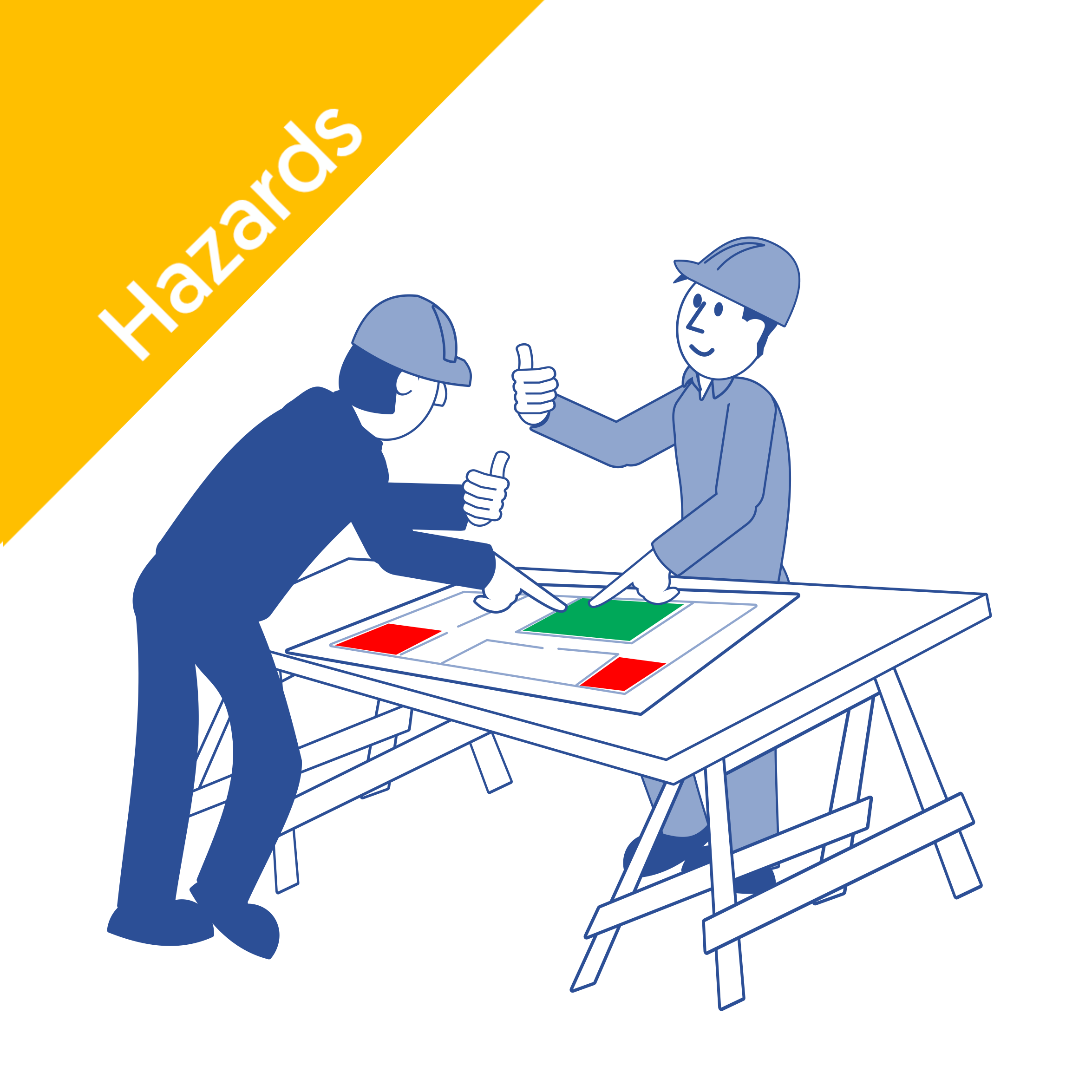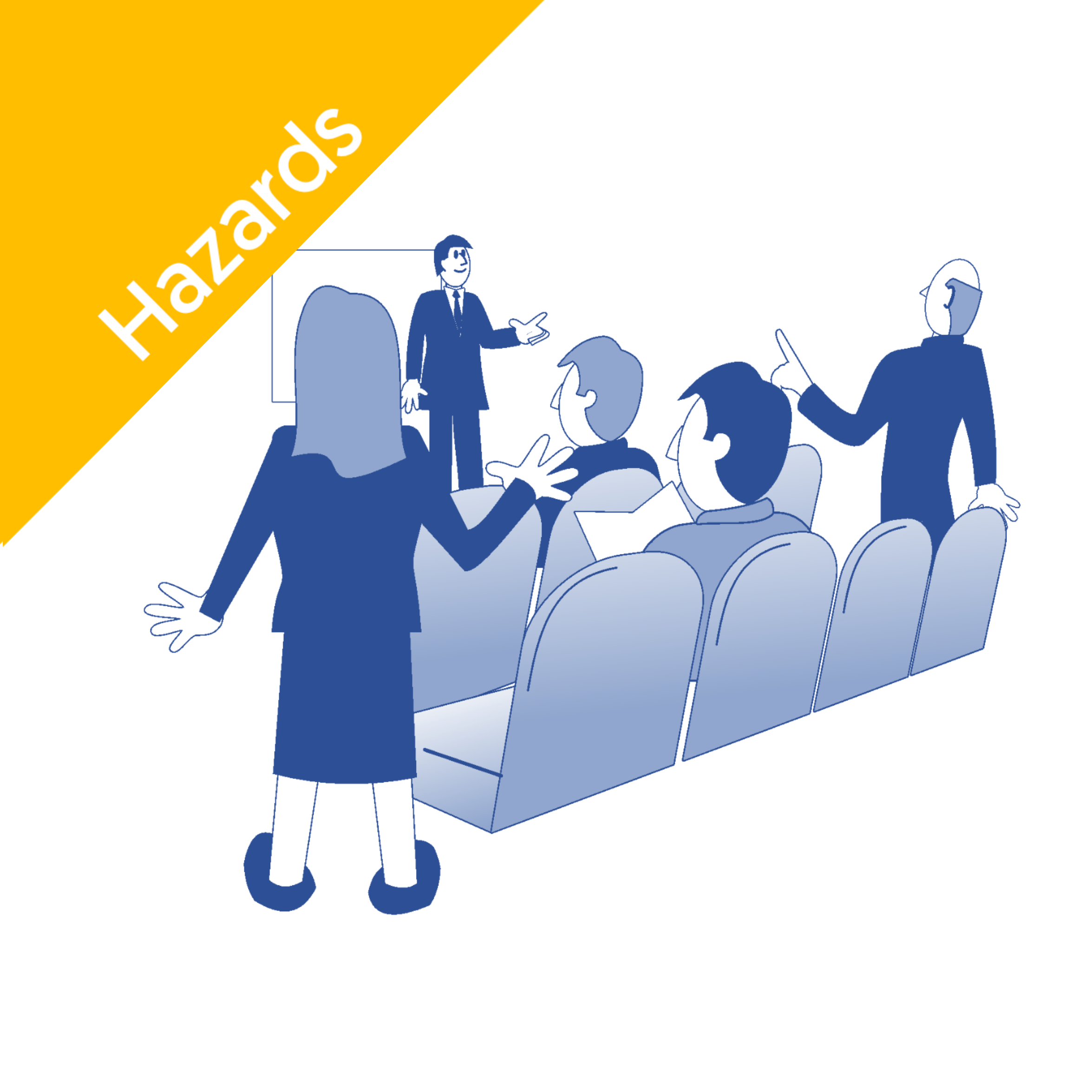What is the Control of Asbestos Regulations?
The Control of Asbestos Regulations 2012 are a set of rules that took effect in the UK on April 6, 2012. They are enforced by the Health and Safety Executive (HSE).
These rules replaced the old asbestos laws and aligned UK law with EU standards.
Some of the most notable changes this legislation includes are:
- A need to report some non-licensed work to the relevant authority.
- A need for workers carrying out notifiable non-licensed work to be monitored by a doctor.
- The removal of the prohibition section.
- A need to maintain records of non-licensed work.
Why Is Asbestos Regulated?
Asbestos is a set of naturally occurring minerals commonly occurring in buildings which predate the year 2000. When asbestos is moved, its fibres get into the air and people working on the site and nearby can breathe it in. This can cause fatal diseases like asbestosis or lung cancer.
Asbestos control is the term for things done to keep workers and other people safe.
What Is Regulation 10 and Who Does It Apply To?
Asbestos is unlikely to cause harm to someone's health if it is not damaged. However, anyone at risk of exposure due to the nature of their work should undergo relevant training. They should know how to identify and avoid asbestos in their work.
Regulation 10 says that every employer must give their workers the right training if they are likely to be exposed to asbestos or if they supervise workers who are.
The Key Points of Regulation 10
Regulation 10 of the Control of Asbestos Regulations 2012 requires employers to provide any employees at risk of exposure to asbestos with adequate information, instruction, and training. Employers must offer this regularly and adapt it to reflect changes in the work environment or practises.
It is important to note that more than a training course is needed to make an employee competent. Instead, employees use the skills and knowledge they learned in training to improve over time.
Refresher training should also be given once a year or more often if there are big changes at work, like a new way of doing things or a new piece of equipment.
There are three main types of information, instruction and training:
- Asbestos awareness.
- Non-licensable work with asbestos.
- Licensable work with asbestos.
The specific kind of training a person receives, and its duration will depend on the following:
- The nature of the job.
- The type of training (whether it is an initial training or refresher training).
- The role relating to the training.
Asbestos Awareness Training and Regulation 10
According to Regulation 10, all employees whose work puts them at risk of disturbing asbestos and those who supervise such work require asbestos awareness training. This awareness training should cover the following:
- The properties of asbestos and its effect on health.
- The different types of asbestos.
- Emergency procedures if discovering asbestos.
- Safety measures to help avoid the risk posed by asbestos.
Non-licensable Work Asbestos Training
Regulation 10 requires asbestos training for non-licensable work when it is likely to disturb asbestos-containing materials. This training should include information on the following:
- Safe work practices and their purpose.
- The work methods that can result in exposure to asbestos.
- Appropriate decontamination, waste, and emergency procedures.
- How to assess the risk of asbestos exposure.
Employees who use equipment at work, like personal protective equipment or class H vacuum cleaners, should also be shown how to use it.
Licensable Work Asbestos Training
Licensable work with asbestos training is for employees likely to be exposed to asbestos regularly and in high volumes. The training for licensable work should include information on the following:
- The importance of safety measures.
- The purpose of safe work practices
- The risks that arise from taking home contaminated equipment.
- Maintenance of control measures.
- Site set-up and clean-up.
- Waste handling and emergency procedures.
Practical training should cover the following:
- The use of PPE.
- Decontamination procedures.
- Controlled removal techniques.
- On-site waste removal.
- Enclosure procedures.
Additionally, employers should offer training to those who supervise licensed asbestos workers to help them fulfil their role on the site. The training may include:
- A description of their responsibilities and the importance of supervision.
- Guidance on how to implement new strategies based on the risk assessment.
- The importance of safety measures.
- Guidance in emergencies and situations where previously implemented safety measures are not followed.
While holding a valid asbestos training certificate is not a legal requirement, it is a good way to demonstrate that you have been provided relevant training from an accredited organisation.
At Commodious, we offer an IATP-approved Asbestos Awareness Course. Click below to find out more.



